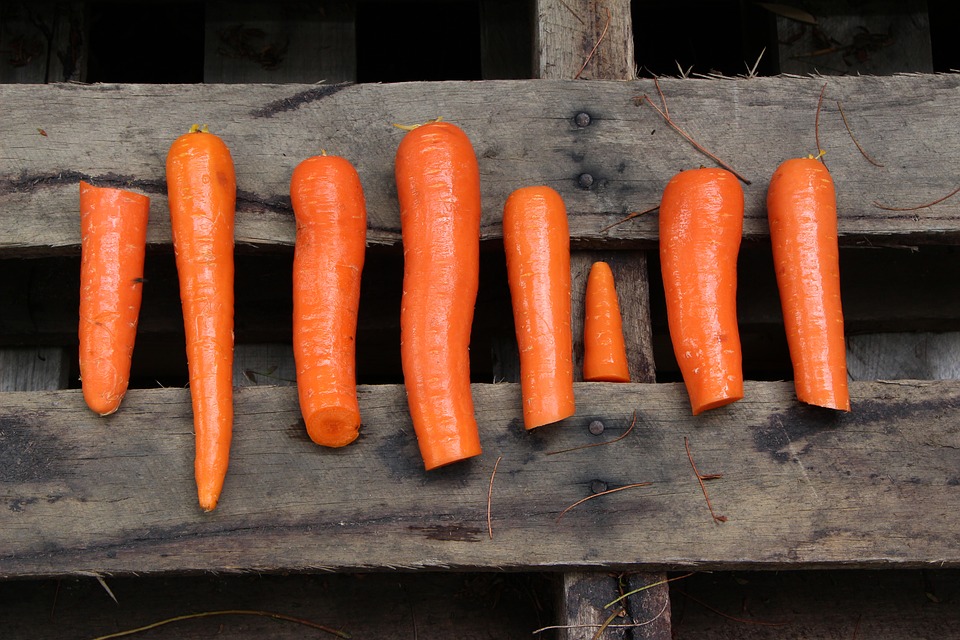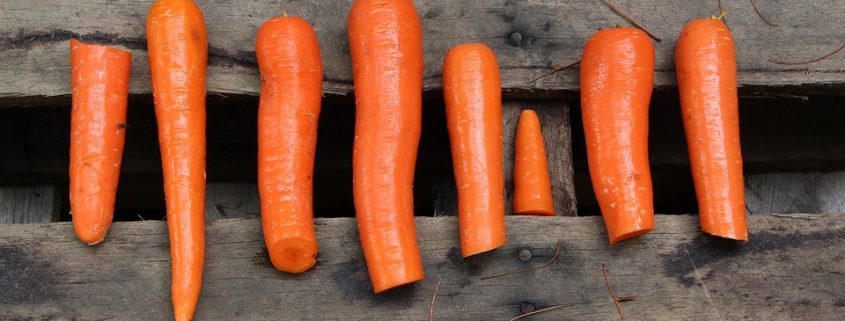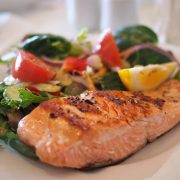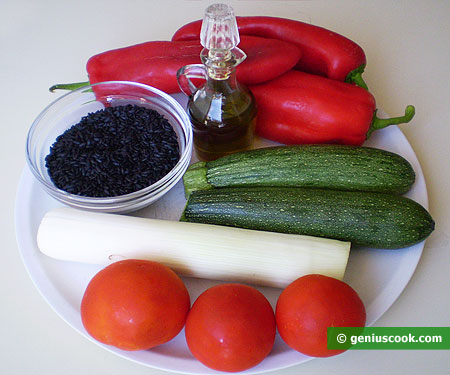The Paleo Diet: Is Going Back to Our Roots Really That Great
Picture a muscular and agile caveman, pre-farming days, hunting and gathering for food to eat. He eats food that is considered healthy these days, but the thing is, he didn’t have much choice. It was all that was available in his time.

Now we live in an era where processed and fast food is the easier options. And while this is a more convenient way of eating, it isn’t exactly the healthiest.
It’s not hard to believe that the Paleo diet had made our ancestors healthier and leaner. But is that really all there is to it? Or are there other factors at play as well?
Let’s take a look at some quick facts about eating like a cave dweller.
Emulating a prehistoric diet
The Paleo diet consists of animal meat, animal products, fruit, vegetables, and nuts. In other words, just the food that was available to our ancestors. After all, they didn’t have McDonalds takeout back then, or even grains.
On the surface, this diet has all the hallmarks of a standard dietary restriction: there are foods to avoid and healthier alternatives. If you want to go even further, you can be like a cave dweller and maintain a healthy lifestyle, burning more calories than you consume.
It’s important to note, though, that this diet doesn’t really specify portions, so it’s possible to eat more than is necessary. Also, it allocates more protein than carbohydrates, which is great for weight loss, but might not be ideal for athletes.
Pretty simple, right? By now, you might be pretty excited to get started. But how do we know that this diet is actually the right thing to follow? This brings us to the next fact.
What does the science say?
Here, we get a divide.
The researcher who developed the diet, Dr. Loren Cordain, says that the Paleo way is how humans were genetically designed to eat.
And there are a number of studies that illustrate the advantages of going Paleo: a healthy brain, less fat, and better digestion, to name a few.
But some experts say that there isn’t enough evidence to make a claim yet, especially with regards to long-term benefits. They also point out that the supposed health and weight loss benefits might just be because of the limited food options.
It also doesn’t help that we don’t have medical records from the Stone Age. The relics we do have might not be able to paint the whole picture.
Diet and discipline
Like all other diets, going Paleo requires a lot of willpower and motivation. There are so many food options these days that restricting yourself to just a few might prove harder than you expect.
The diet can also get quite expensive and tedious. Sometimes, it might seem easier to just opt for processed and refined food. But people have shown to persevere. Investing in ready-to-eat paleo meals might make the transition easier as well.
Despite all the conflicting information about Paleo, it’s still a good option to explore. Just make sure to listen to your body. There is no perfect diet for everyone, and if you find Paleo not working for you in the long term, then you have all the more reason to go back to a modern approach to eating.









